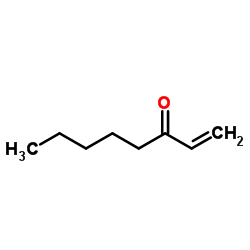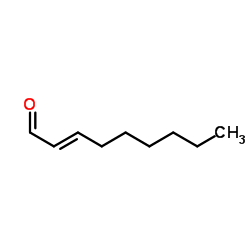| Structure | Name/CAS No. | Articles |
|---|---|---|
 |
1-Octen-3-one
CAS:4312-99-6 |
|
 |
(2E)-2-Nonenal
CAS:18829-56-6 |
|
 |
Isovaleraldehyde
CAS:590-86-3 |
|
 |
Octanal
CAS:124-13-0 |